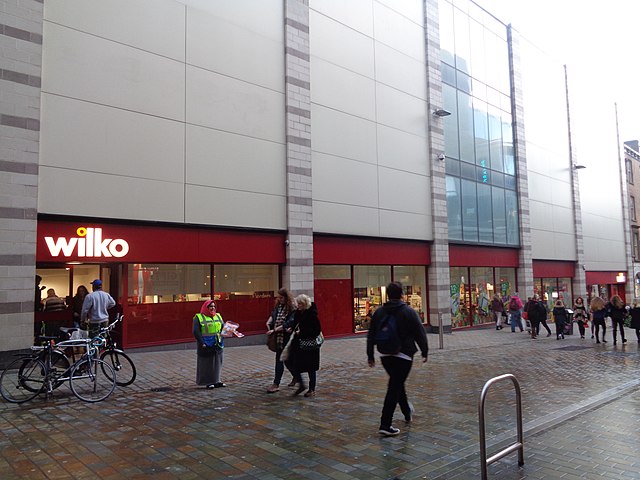
By Professor Sarah Montano
Department of Marketing
Over the last few weeks, the retail sector has been reeling from the news that we have lost yet another familiar name from the high street. Wilko, the much-loved homeware and household goods store, has gone into administration, causing all 400 stores to close and the loss of 12,500 jobs. While B&M is taking 51 stores and Poundland 71 stores, this is only a fraction of the total. Furthermore, none of the employees will be transferred to the new owners. Pressure has been applied by the GMB union, which is arguing that former Wilko employees should have priority when applying for new roles, and Poundland has now stated that this may happen. There was some hope that Doug Putman would buy the remaining stores, but that deal fell through due to costs. The first closures of Wilko stores have already begun.
What led to the demise of Wilko?
It is perhaps ironic that Wilko did very well after the demise of Woolworths in 2008. When Woolworth’s collapsed, it was Wilko that purchased many of their stores and used this to expand their operations. It is further ironic that at a time when consumers are concerned about the cost of living, a low-cost retailer has collapsed. Internally, concerns had been raised that Wilco was struggling to make payments to its suppliers. For any retailer with a robust supply chain, it is important to ensure that shelves remain full. Additionally, Wilko had borrowed £40 million from Hilco, the restructuring specialist, and subsequently reshuffled their leadership team.
Externally, since 2008, the low-cost sector has seen significant expansion and development. Whereas once Wilko stood out in the market and offered keen prices across a large range of household goods, competition for Wilko’s customers is now coming from retailers such as B&M’s, Poundland, The Range, and the low-cost supermarkets. Retailers such as The Range and B&M directly compete for Wilko’s customers by offering very similar products and providing retail excitement, using this strategy to get customers to frequently shop in their stores. There are always new products, often at the entrance of the stores to attract customers. Want to buy a fluffy bat and pumpkin mug? You will find those in The Range alongside a bucket and household cleaner. This makes these retailers more profitable, as customers will be shopping for their usual items and then picking up additional profitable products. In addition, we have seen the expansion of Aldi and Lidl, which compete firmly on price, meaning that customers do not need to visit Wilko as well as a supermarket. Unfortunately, while Wilko was a clear low-cost retailer, it was not attracting a sufficient number of customers.
However, we may see the Wilko name live on via The Range, who have just bought Wilko’s brand assets. It is too soon to tell what may happen to the brand, but for example, The Range could stock Wilko’s products.
The high street is not dying; it is changing!
With so many familiar brands disappearing, what does the future for the high street look like? It is perhaps tempting to think that with yet another retailer gone, this is the end of the High Street; however, the picture is more positive when we look at the changing High Street. We have lost over 9,000 retail outlets since 2020, and department stores have been a key loss, with a decline of 13.4%. Empty stores are being replaced, but with food and beverage outlets (takeaways up 7.2% and cafes up 5.7%) and hair and beauty services (up 5.9%). Customers are not all shopping online! Our online sales have fallen from a pandemic high of 37.8% of all retail sales in January 2021 to 26.1% in July 2023. Weekend shopping has returned as a favourite activity for many. So, our high streets are looking a bit different but still vibrant. Online shopping provides convenience but leaves shoppers looking for experiences that they cannot get online, demonstrating why Hair and Beauty is doing so well as it is tricky to have your hair cut online! Also, post-pandemic customers very much missed socialising and are seeking outlets where they can socialise with others and have a great time, hence the rise in cafes.
However, we should not be complacent. Empty units are not attractive and may affect other stores around them if footfall declines; therefore, councils may want to think innovatively to ensure that vacant Wilko stores are not left vacant for long. Initiatives such as free or low-cost city centre parking, offering reduced business rates, subsidising shop rents, or creating mixed-use spaces are all worth thinking about. Somewhere out there is a great retail entrepreneur who will be the next M&S, Aldi, or Glossier; they just need a chance to get started.
The views and opinions expressed in this article are those of the author and do not necessarily reflect the official policy or position of the University of Birmingham.
